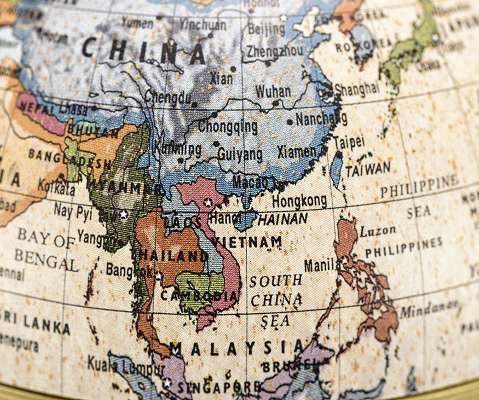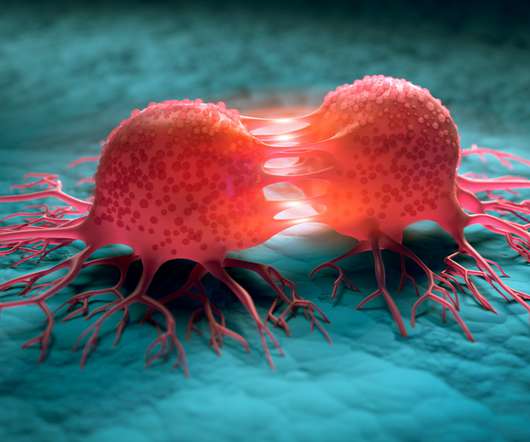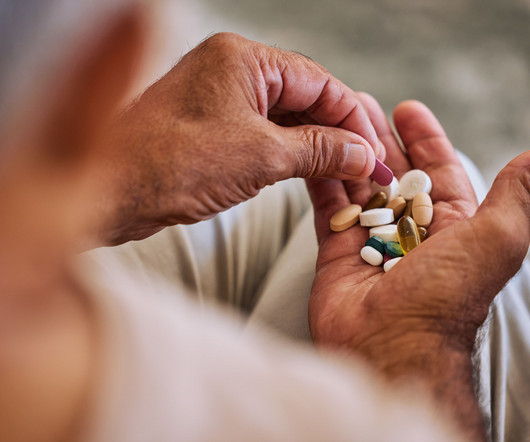Country focus: China & APAC’s growing medical needs bring opportunities and challenges
pharmaphorum
JUNE 8, 2021
“But we are glad to see the situation for innovative drugs in Asian markets improving, especially in mainland China and South Korea, where policies, societies and regulations are actively promoting innovation. “At At the same time, lots of people with experience at multinational pharmaceutical companies have chosen to return home.














Let's personalize your content